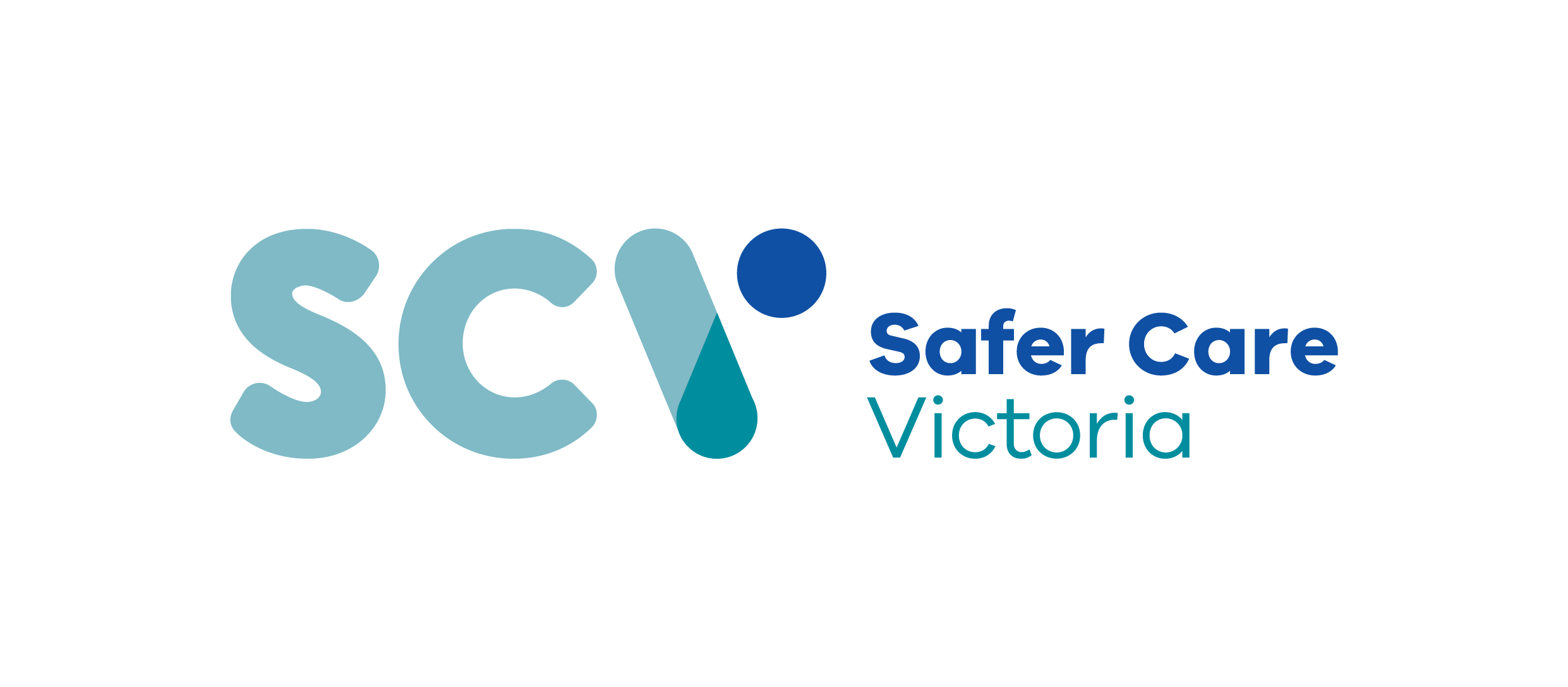About the project
We have partnered with Climate Health Victoria (CHV) to lead the delivery of a project aimed at promoting the quality use of diagnostic pathology, imaging and interventions in Victorian Emergency Departments.
In partnership with participating health services, the project aims to improve patient outcomes, deliver environmental benefits and utilise healthcare resources more effectively. It provides participants with an opportunity to collaborate with other health services to test and implement changes that support clinically appropriate, safe, and high-quality use of diagnostics.
This initiative is supported by the Australasian College for Emergency Medicine (ACEM).
Objectives
- Reduce the number of unnecessary pathology/ imaging tests/ CO2 emissions
- Build clinician capability in environmentally sustainable quality improvement
- Provide healthcare that is patient outcome focused
- Reduce the costs of resources needed
- Change clinician behaviour regarding ordering tests (questioning appropriateness)
- Increase consistency of test ordering based on evidence-based practice and established clinical guidelines
Background
Healthcare in Australia accounts for a significant portion of the nation's carbon footprint, contributing approximately 7 per cent of total greenhouse gas emissions. These emissions have detrimental effects on both human and environmental health. Many healthcare professionals and consumers are increasingly concerned about the impacts of climate change and believe the sector should take action to reduce its environmental footprint. In October 2024, the Australian Commission on Safety and Quality in Healthcare, in partnership with the Australian Centre for Disease Control and Australian specialist medical colleges released a joint statement – Working together to achieve sustainable, high quality healthcare in a changing climate to signify a shared commitment to address the health impacts of climate change.
Creating a safer healthcare system for all Victorians requires providing high value, evidence-based care. Addressing low-value pathology, imaging and interventions can significantly improve patient outcomes while benefiting the environment. Additionally, medical imaging and pathology tests contribute around 9 per cent of the healthcare sector’s carbon footprint due to the energy-intensive equipment and materials required. In Victoria’s public Emergency Departments (ED), it is estimated that addressing overuse in just four low-value healthcare practices could save approximately $9 million annually and cut emissions by over 81,000 kg of CO2, equivalent to driving a car 579,000 kilometres. If this can be applied to other tests and practices, there is potential for substantial cost savings, allowing resources to be redirected to other areas of care.
Overuse of diagnostic procedures can also lead to misdiagnosis or overdiagnosis, compromising patient safety, and affecting patient flow through hospitals. This can contribute to a cycle of clinically unwarranted treatments and interventions. Reducing waste and low-value care in imaging and pathology can decrease exposure to unnecessary risks and enhance the experiences of both patients and staff within the healthcare system.
How to get involved
Contact us
Contact our Value Based Health Care team for more information on how to participate in future phases of this project: valuebasedhealthcare@safercare.vic.gov.au.
Solution design
This project builds upon the successes of the Choosing Wisely program previously implemented across Australia. SCV and CHV aim to expand this program, with an additional focus on sustainable change, program governance and climate health, aligning with the National Health and Climate Strategy and global efforts to address climate change.
This project will deliver increased value-based healthcare through partnering with Climate Health Victoria (DH) and participating health services to provide:
- relevant training for health service clinicians and project teams to deliver quality improvement through a sustainability lens (Sustainability in Quality Improvement framework)
- recruitment of public emergency departments to test and implement changes that support clinically appropriate, safe, and high-quality use of diagnostics
- a data tracker to understand financial and environmental savings relating to the project interventions
Project milestones
| Activity | Date |
|---|---|
| Tranche 1 | April 2025- April 2026 |
Participating services
- Albury Wodonga Health
- Alfred Health
- Austin Health
- Barwon Health
- Central Gippsland Health Service
- Eastern Health
- Echuca Regional Health
- Monash Health
- Peninsula Health
- The Royal Melbourne Hospital
- Western Health
Priority area
This project supports our broader effort to improve care quality, patient safety and system efficiency.



